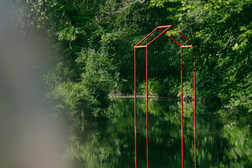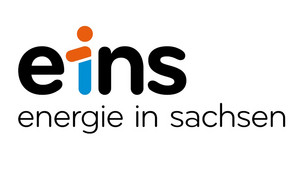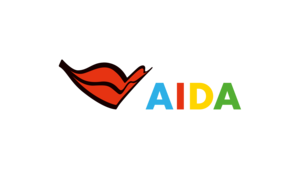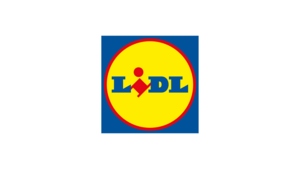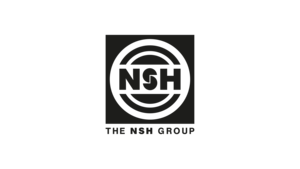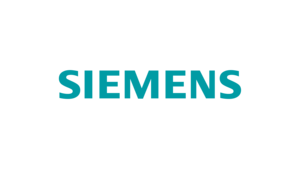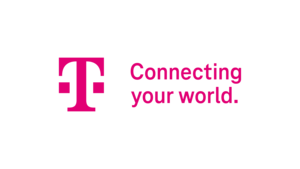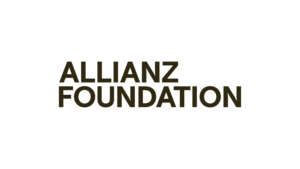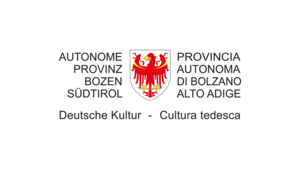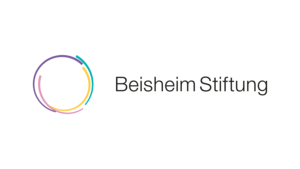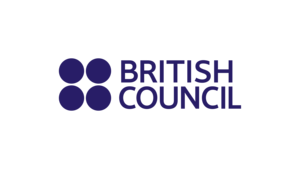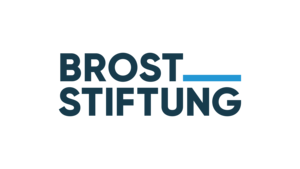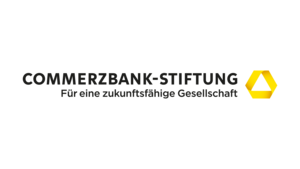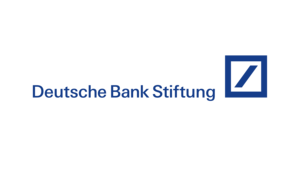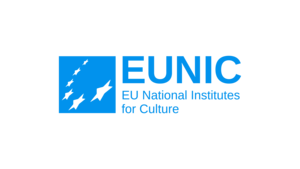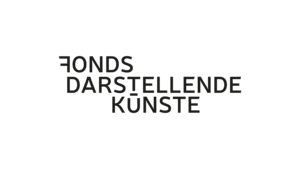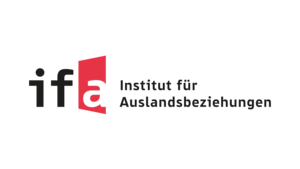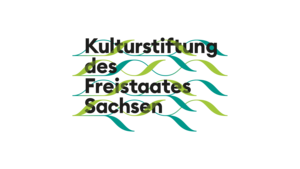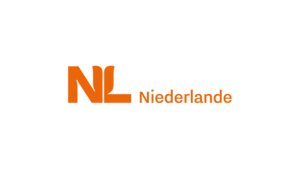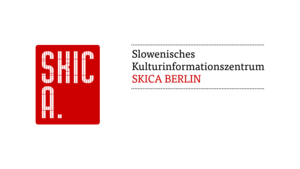Karolin Schwab: My Floating Home
Niederwiesa
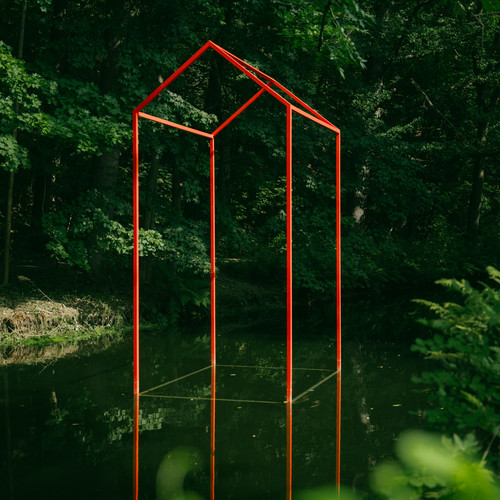
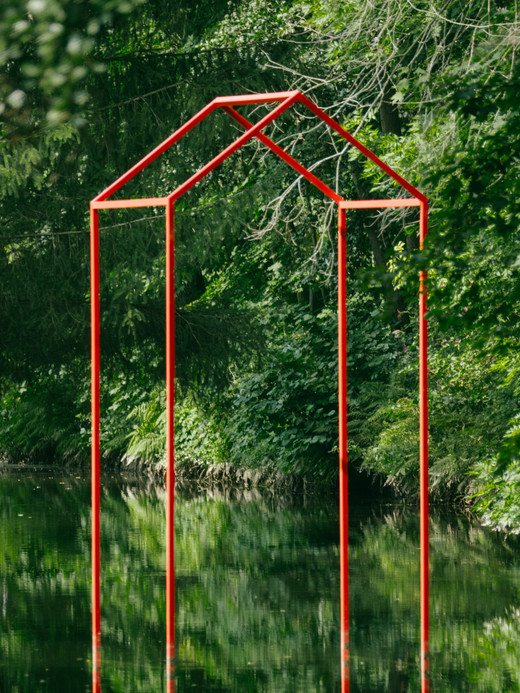
What does it mean to be at home? “To be physically present in one place, anchored in the moment, yet with thoughts far away,” is how the artist Karolin Schwab describes it. In her project My Floating Home, Schwab, who was born in Stralsund in 1987 and now lives in Berlin, explores the concept of home through sculptural interventions that resemble the outline of a house and that stand in the water in specific locations.
In the Braunsdorf district of Niederwiesa, the artist places square, red, powder-coated tubes in the Mühlgraben, a bypass of the Zschopau River, forming a fleeting, three-dimensional sketch of a house. While Karolin Schwab’s first sculpture My Floating Home stands a few hundred metres from the Arken Museum of Modern Art in Denmark, on the vast, reflective surface of the Baltic Sea, the piece designed for Braunsdorf is wedged between the banks of a man-made channel created to power a nearby grain mill. With the changing seasons, the space between the red outline and its surroundings creates constantly shifting images in the water, both literally and figuratively.
Niederwiesa is a place of apparent contrasts - between the Baroque Lichtenwalde Castle with its art collections, parks and fountains, and the textile industry that arrived in the Braunsdorf district around 1800, putting Saxony's first machine spinning mill into operation there. What connects art and labour here is the Zschopau River, meandering through the landscape. Its waters feed (and fed) the Baroque fountains in the Lichtenwalde landscape park, the former textile factories to enable the production of cloth and yarn, and the flour mill that still exists today.
Karolin Schwab
My Floating Home
In Niederwiesa, Braunsdorf weaving mill and Braunsdorf show weaving mill
Material: hot-dip galvanised steel (powder-coated) / printed PVC mesh
Size: 3.30 x 2.00 x 2.00 m
Set up with the support of the municipality of Niederwiesa.
Address:
Am Mühlengraben
at the level of Inselsteig 16
09577 Niederwiesa OT Braunsdorf
to the location on Google Maps



